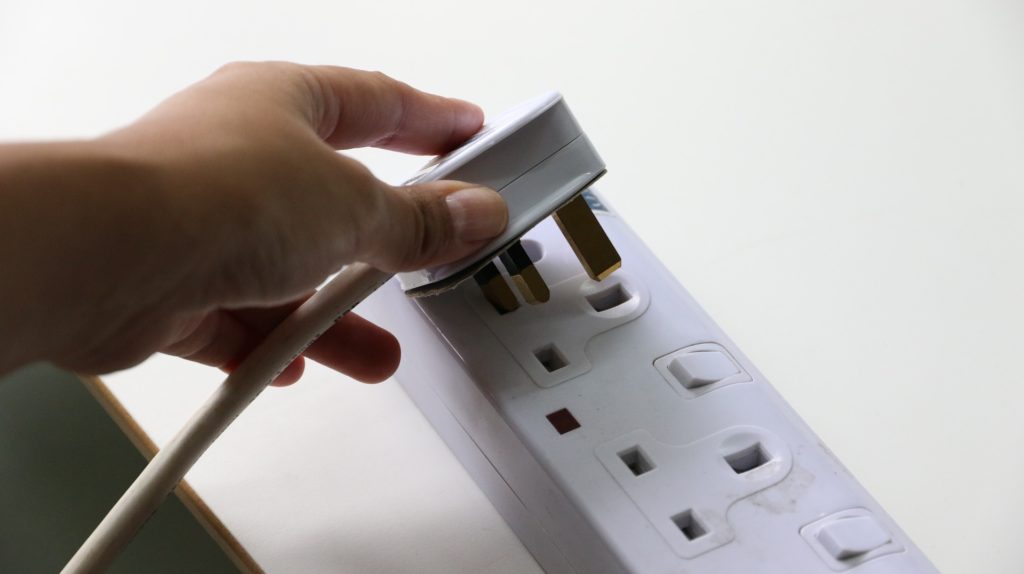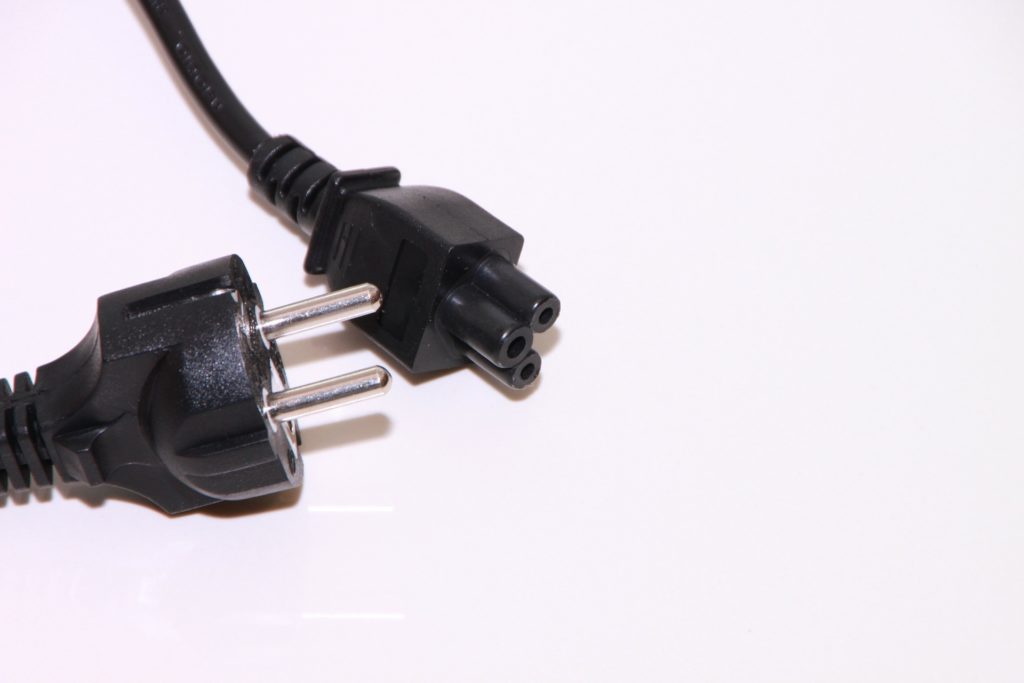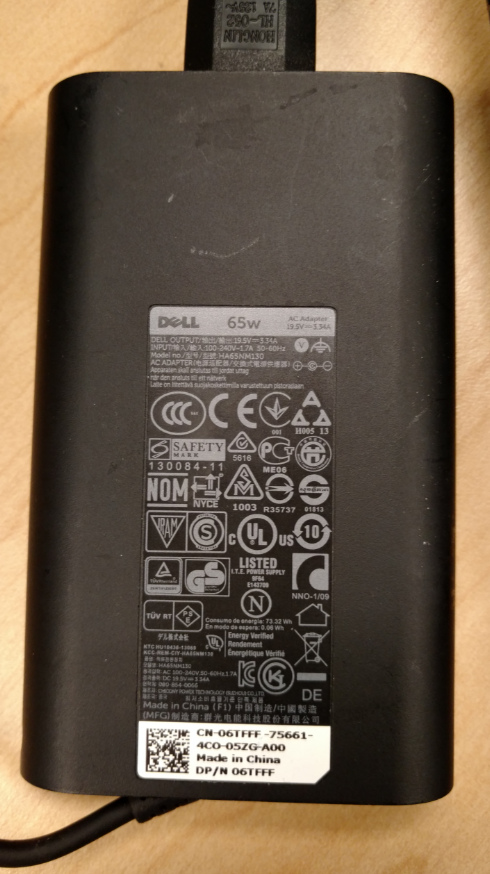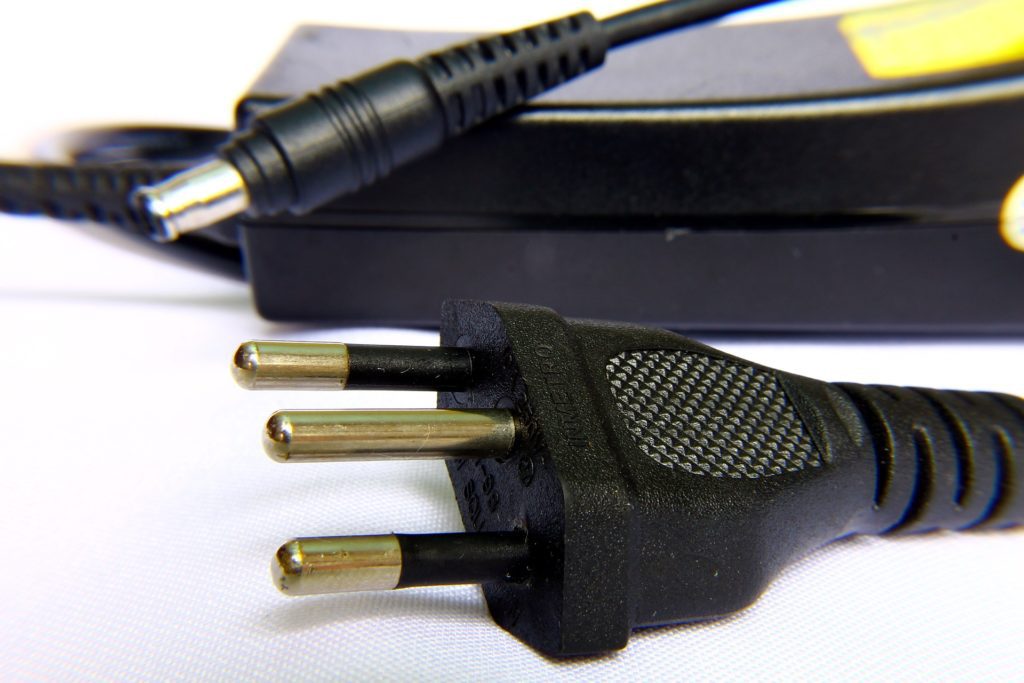When traveling in the 21st century, you’re undoubtedly going to have gadgets. Phone. Camera. Laptop. E-reader. I never hop on a plane without my phone and my GoPro, and most of the time I’ll have my laptop too.
You’ll need to charge those gadgets. That’s where the tricky part is. As you travel, you’ll notice different outlets in the walls of your hotel, and you’ll need to be able to plug in.
What’s the difference between a power adapter and power converter?
There are two main things to figure out before you travel:
- Physical Outlet Type. Easy, look at the outlet. The US uses Types A and B. If it doesn’t look “normal” to you, it’s probably not a Type A or Type B outlet. Check this page out for some more information on the different types of outlets.
- Voltage. A little harder. Voltage varies throughout the world, but it’s not as easy to spot. Generally speaking, the world is divided in half: 110 volt and 220 volt. These are general numbers, and countries fluctuate. 110 really means somewhere around 110-127 volts, while 220 will get you between 220-240 volts. Real quick: volts are basically the difference in charge between points, it has to do with how the electricity is getting to your device.

Plug Type G, used primarily in Ireland, the United Kingdom, and Malaysia. An adapter will get from Type G to Type A (on US gadgets) no problem. A universal adapter will have even more options for other plug types!
Types of Outlets in Europe, Asia, America and the world
If you’ve already done some international traveling, you’ll know there are lots of different types of electrical outlets throughout the world. If you didn’t know, don’t be ashamed! I took my first big international trip at 23, and was ready to go to Peru without anything to plug my devices into. Luckily for me, most of the guidebooks touch on this part of your travel, and recommend you get an adapter/converter combo. More on that later.
If you live in the US, you’re used to Type A and Type B plugs. Almost everything I’ve seen in the US runs on one of these two, and outlets typically can handle either version. Type B is simply a Type A plug with a ground pin. You’ll also find Types A/B throughout North America, the Caribbean, Central America, and northern South America. Japan, Saudi Arabia, and Liberia also use Types A and B. Most of Europe, Africa, and Central Asia use Types C, E, and F plugs. Peru, Bolivia, Paraguay, Indonesia, Cambodia, and Vietnam also fall into the C/E/F category. China, Argentina, Australia, New Zealand, and many of the Pacific Islands use the Type I plug system. That covers most of your basics, with a few other plug types filling the gaps throughout the world.
Check out this site for some great information on plug types and locations!
When to use a power adapter (if you’re traveling – usually)
Most commonly, you’ll need an adapter. For those that haven’t traveled overseas before, there are different styles of outlets throughout the world. I know. Mind…blown. When I was researching in preparation for my first international trip, I was honestly surprised by that. Especially growing up in the states, all of the closest countries to us use the same outlet. Canada, Mexico, and most of the Caribbean all use the Type A and Type B outlets.
An adapter will allow you to use a different kind of outlet. I tell you what, grab your phone charger and take a look at it. If it’s like mine, there are two pieces. First, there’s a micro USB (Lightning port, USB-C, etc.) to USB cord. You can plug that side into your computer, or the USB chargers in your car or at the airport and juice up. But what if you want to plug into the wall of your apartment? You’ll need that USB to AC (usually Type A) converter.
Adapters vary in cost. The cheaper ones are simply an additional plug to go between your device and the wall. Check out this 3-pack on Amazon. It’ll do the trick just fine, but you’ll need to make sure you have the right piece for the places you’re traveling to. If you want more bells and whistles, you can get something like this. Once you upgrade form the basic plug adapter, you’ll usually find yourself in the world of converters.

You’ll find these guys, Type F, throughout continental Europe, a little different from ours in the US.
When to use a power converter instead of an adapter
A converter will actually “step” the voltage from the voltage up or down. By plugging one in, you’re taking the grid’s electricity in that country, and converting it to the voltage you need. A lot of modern electronics are actually designed to run with two separate voltages. You can plug it into a 110 volt outlet or a 220 volt outlet and there won’t be any issues. If you gadget will run on both, no worries. If not, you’ll need a converter. Make sure you check your electronics! If you’re ever unsure, it’s much better to use a converter than risk your electronics. Frying your expensive camera batteries right before you head out of the hotel could easily ruin your trip!
For a compact, universal adapter/converter combination, I have something really similar to this one. It works great, and does everything I need it to. The USB ports for charging smaller devices is a huge bonus!

Here’s a shot of the AC adapter connected to my laptop at work. Notice towards the bottom left corner, “AC 100-240V, 50-60Hx, 1.7A”. I’d be good to bring this one almost anywhere!
Most of the time, a converter is needed only for high power (wattage) electronics. Think of things like a hair dryer or a heated blanket. These kinds of items use electric resistance for heat, and therefore suck a lot of power out of the outlet. (Any engineers out there in the comments? Feel free to chime in on the how and why of electricity here!) If you’re bringing an electricity hog with you, pick up a converter!
When to use a transformer (hardly ever)
You probably won’t want a transformer. Why? They’re more expensive, usually larger, and meant for long-term use. A converter will do 99% of what you need while traveling. The only time I’d recommend a transformer is when you’ll be staying in one place for a very long time, and have quite a few things to keep plugged in.
One important difference here: a transformer should be used with single voltage electronic devices (as opposed to electric devices). An electronic device typically uses a chip, so a computer, a digital camera, those sorts of things. Transformers aren’t needed often though, since most laptops and other electronic devices are now dual voltage (see picture above).
If you do need a transformer, check out some of these transformers for an idea of what I mean. Not sure about you, but my backpack is already too heavy to fit one of those…
So, do I need an adapter, converter, or transformer?
That depends a great deal on where you’re going, and what you need to plug in. A lot of your electronics (and their chargers) will be able to handle both 110 and 220 volt electricity (referred to as dual voltage). The charger or power brick should say list its capabilities right on the outside. Check the voltage and hertz range. You’re looking for something like “100v to 240v and 50hz to 60hz”, then you’ll know you’re good to go.
If your device or power cord has that range listed, I recommend picking up a universal adapter. A universal adapter like this one will let you charge up anywhere you go, and doesn’t take up much more room in your electronics packing cube. Simply plug the adapter into the wall, plug your power cord into the adapter, and you’re good to go!
If you need a converter as well, be prepared to shell out a bit more money and give up some of that much-needed space in your bag. (Remember, skip the transformer unless you really need it!) Check this one out, much larger and more robust than a simple adapter. Looking for something a little smaller? Try this one.
I’ll leave you with these two tips:
- Do your research. Know where you’re going, the kind of outlets they have, and the voltage they give out. If you’re more of a wandering spirit, get a universal converter so you’ll be covered no matter where your travels bring you.
- Skip the larger converters and transformers unless you really need one. A couple of small adapters fit much more easily into your bag than a heavy transformer.
Have a favorite travel adapter or converter? Let us know in the comments!
This site is part of an affiliate sales network and receives compensation for sending traffic to partner sites, such as thepointsguy.com. This may impact how and where links appear on this site. Responses are not provided or commissioned by the bank advertiser. Some or all of the card offers that appear on the website are from advertisers and that compensation may impact on how and where card products appear on the site. Any opinions expressed in this post are my own, and have not been reviewed, approved, or endorsed by my advertising partners and I do not include all card companies, or all available card offers. Terms apply to American Express benefits and offers and other offers and benefits listed on this page. Enrollment may be required for select American Express benefits and offers. Visit americanexpress.com to learn more. Other links on this page may also pay me a commission - as always, thanks for your support if you use them




 Dan Miller travels with his wife and 6 (SIX!) children. He loves to help families travel for free / cheap, especially larger families. If you are looking for help, drop him an email at
Dan Miller travels with his wife and 6 (SIX!) children. He loves to help families travel for free / cheap, especially larger families. If you are looking for help, drop him an email at 
Thanks to USB, now I just charge a USB battery (or, more often, several of them), and then charge my devices from those. Makes life much simpler than it used to be. Of course, this doesn’t help with hair dryers and things, but for those little devices we often carry, it is terribly useful.
I have used this one must everywhere except South Africa and Israel. Those are two very odd ones. https://amzn.to/3Kj52nw